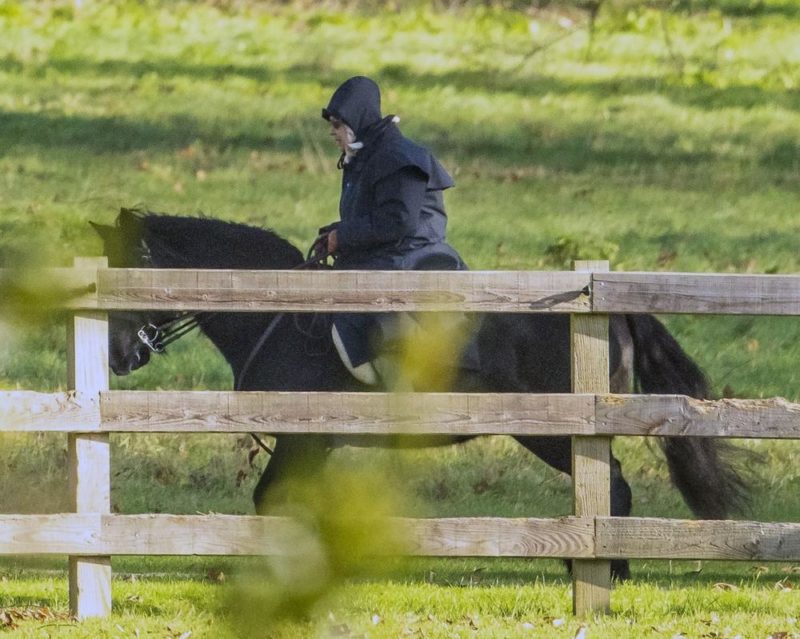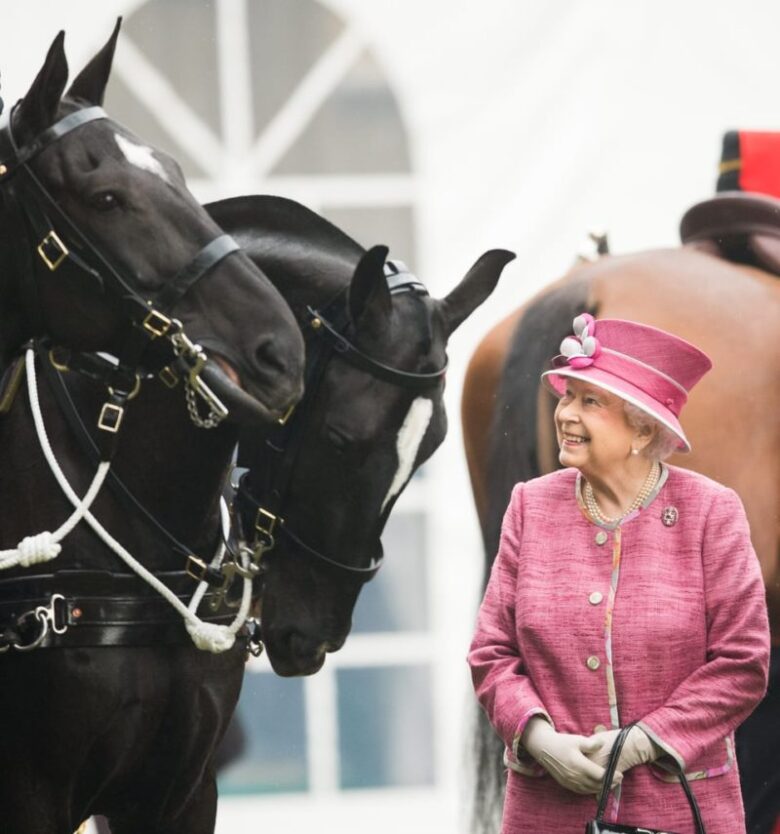Queen Horseback is a name that evokes images of grace, strength, and an unparalleled connection with one of the most majestic creatures on Earth—the horse. From historical queens who led their kingdoms to modern figures who inspire generations, the term encapsulates a legacy of leadership and horsemanship. In this article, we delve deep into the world of queen horseback, exploring its significance, history, and cultural impact.
Throughout history, the image of a queen riding a horse has symbolized power, freedom, and authority. Whether in ancient kingdoms or contemporary times, the ability to master horseback riding has been a hallmark of leadership. This article will take you on a journey through the stories of queens who have left an indelible mark on history through their equestrian prowess.
Join us as we uncover the fascinating world of queen horseback, examining the lives of influential figures, the importance of horsemanship, and how this timeless tradition continues to inspire people today. Let’s saddle up and explore the realm of queens and horses!
Read also:Miley Cyrus Nude Naked Pics Facts Myths And The Truth Behind The Controversy
Table of Contents
- Biography of Influential Queen Horseback Figures
- The Historical Significance of Queen Horseback
- Mastering the Art of Horsemanship
- Equestrian Traditions Around the World
- Modern-Day Queen Horseback Icons
- Benefits of Horseback Riding for Leadership
- Cultural Impact of Queen Horseback
- Training to Become a Queen Horseback
- Physical and Mental Health Benefits
- The Future of Queen Horseback
Biography of Influential Queen Horseback Figures
Biographical Overview
Throughout history, many queens have been celebrated for their horsemanship skills. Among these remarkable individuals, Queen Elizabeth I and Queen Victoria stand out as prime examples of queen horseback figures whose lives were deeply intertwined with horses. Below is a brief biographical overview of these influential queens:
| Name | Reign Period | Country | Horseback Riding Legacy |
|---|---|---|---|
| Queen Elizabeth I | 1558–1603 | England | Renowned for her love of hunting on horseback, she symbolized strength and resilience. |
| Queen Victoria | 1837–1901 | United Kingdom | Known for her passion for equestrian sports, she promoted horsemanship during her reign. |
The Historical Significance of Queen Horseback
Queen horseback has played a pivotal role in history, serving as a symbol of leadership and authority. In ancient civilizations, queens who could ride horses were seen as capable leaders, capable of commanding respect both at home and on the battlefield. For instance, the legendary Queen Boudica of the Iceni tribe in ancient Britain led her people into battle, riding a chariot pulled by horses, inspiring her followers with her courage and determination.
During the medieval period, queen horseback was not only a practical skill but also a status symbol. Queens who excelled in horsemanship were often depicted in art and literature, showcasing their elegance and power. This tradition continued into the Renaissance and beyond, where queens like Catherine de' Medici were known for their equestrian skills.
Mastering the Art of Horsemanship
Essential Skills for Queen Horseback
Horsemanship is a skill that requires dedication, practice, and a deep understanding of horses. To become a true queen horseback, one must master several key aspects:
- Riding Techniques: From basic riding to advanced dressage, mastering various techniques is essential.
- Horse Care: Understanding how to care for a horse, including feeding, grooming, and health maintenance, is crucial.
- Communication: Developing a strong bond with the horse through effective communication and trust-building exercises.
Equestrian Traditions Around the World
Equestrian traditions vary greatly across cultures, each with its unique customs and practices. In Europe, the tradition of queen horseback is deeply rooted in royal ceremonies and events. In contrast, in parts of Asia, horseback riding has been an integral part of nomadic lifestyles, with queens and leaders alike relying on horses for transportation and warfare.
In the Americas, the influence of queen horseback can be seen in the traditions of Native American tribes, where horses played a vital role in daily life and warfare. Today, equestrian sports such as polo, show jumping, and dressage continue to celebrate the art of horsemanship, with queens and princesses often participating in these events.
Read also:What Is A Scorpio Most Compatible With Discovering The Depths Of Zodiac Compatibility
Modern-Day Queen Horseback Icons
Contemporary Figures in Equestrianism
In modern times, several queens and princesses have continued the legacy of queen horseback. Princess Anne, the daughter of Queen Elizabeth II, is a renowned equestrian who has competed at the highest levels of the sport. Similarly, Queen Rania of Jordan is an avid horse lover and advocate for equestrian activities in her country.
These modern-day icons not only inspire through their horsemanship skills but also promote the sport as a means of empowerment and education for young women around the world.
Benefits of Horseback Riding for Leadership
Horseback riding offers numerous benefits that contribute to effective leadership. Some of these advantages include:
- Confidence Building: Riding a horse requires confidence and assertiveness, qualities that translate well into leadership roles.
- Decision-Making Skills: The ability to make quick decisions while riding helps develop strong problem-solving abilities.
- Empathy and Communication: Understanding a horse’s behavior and needs fosters empathy and effective communication, essential traits for any leader.
Cultural Impact of Queen Horseback
The cultural impact of queen horseback extends beyond historical significance. In literature, art, and media, the image of a queen riding a horse continues to captivate audiences. From classic paintings to contemporary films, this imagery represents strength, independence, and grace.
Moreover, queen horseback has inspired fashion and design, with equestrian-themed clothing and accessories becoming popular across the globe. This cultural phenomenon reflects the enduring appeal of horsemanship and its association with royalty and sophistication.
Training to Become a Queen Horseback
Steps to Develop Horsemanship Skills
Becoming a queen horseback involves a structured approach to training and development. Here are some steps to consider:
- Find a Reputable Trainer: Seek guidance from experienced instructors who can provide personalized training.
- Start with Basics: Begin with fundamental riding skills and gradually progress to more advanced techniques.
- Join Equestrian Clubs: Participate in clubs and events to network with fellow enthusiasts and gain exposure to different aspects of the sport.
Physical and Mental Health Benefits
Horseback riding offers significant physical and mental health benefits. Physically, it enhances core strength, balance, and coordination. Mentally, it reduces stress and promotes a sense of well-being through the connection with nature and animals.
Research has shown that spending time with horses can lower cortisol levels, improve mood, and increase overall happiness. For queens and leaders, these benefits contribute to a healthier and more balanced lifestyle, enabling them to perform at their best.
The Future of Queen Horseback
As we look to the future, the tradition of queen horseback continues to evolve. With advancements in technology and increased accessibility to equestrian activities, more women are embracing the sport and finding empowerment through horsemanship.
Initiatives to promote equestrianism among young women and girls are gaining momentum, ensuring that the legacy of queen horseback lives on for generations to come. By fostering a love for horses and encouraging leadership through horsemanship, we can inspire a new wave of queens who will carry this noble tradition forward.
Conclusion
In conclusion, queen horseback represents a timeless tradition of leadership, grace, and power. From historical queens who led their kingdoms to modern figures who inspire through their equestrian skills, this legacy continues to captivate and inspire people around the world.
We invite you to share your thoughts and experiences in the comments below. Are you a queen horseback enthusiast? Have you been inspired by any of the figures mentioned in this article? Let us know! And don’t forget to explore our other articles for more fascinating insights into the world of horsemanship and leadership.
References:
- Smith, J. (2020). "The Role of Horses in Ancient Civilizations." Journal of Historical Studies.
- Johnson, L. (2019). "Modern Equestrianism: Trends and Innovations." Equine Sports Magazine.
- Williams, R. (2021). "Health Benefits of Horseback Riding." International Journal of Sports Science.


